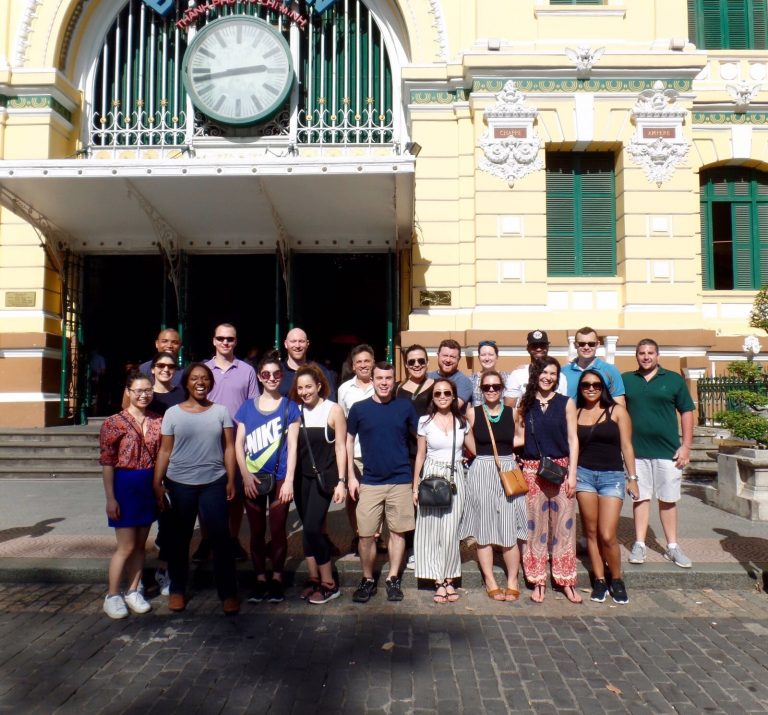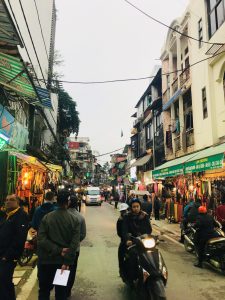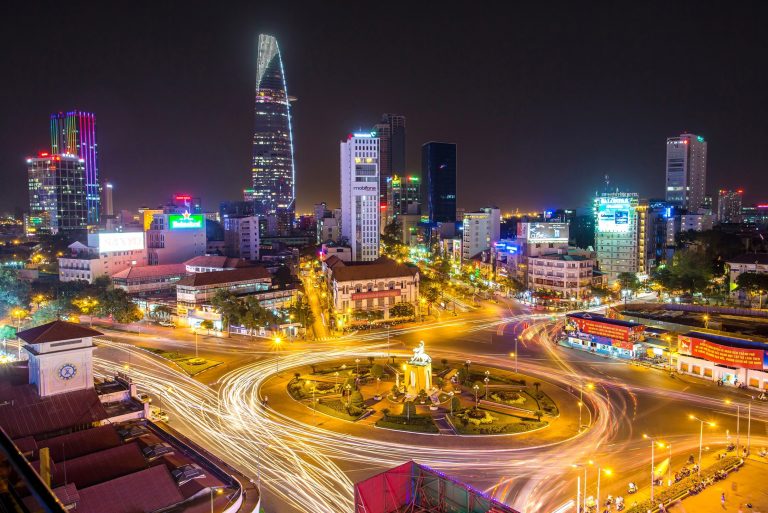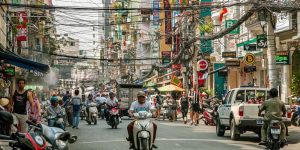Written by: Tom Begley, Global MBA class of 2018; Ashley Winokurzew, PMBA class of 2019; Yana Kalashnyk, PMBA class of 2020
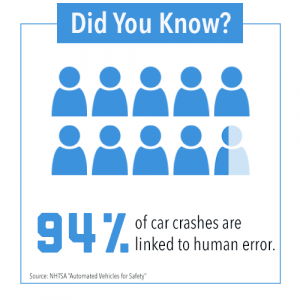 For more than 100 years traffic safety has been improving to keep drivers, passengers and pedestrians safe. Technologies like seat belts, airbags, and electronic stability control (all standard features today) have each dramatically reduced the number of automobile-related deaths and injuries1. For example, electronic stability control saved an estimated 2,202 lives between 2008 to 20102. Still much more needs to be done. Autonomous vehicles promise a giant step forward. Today, human error causes 94 percent of all traffic accidents3, so new technologies like lane keeping, braking assist, and adaptive cruise control are being introduced to reduce the impact of human error. In the next few years, cars will introduce additional technologies that will even further reduce the chance for human error to cause an accident.
For more than 100 years traffic safety has been improving to keep drivers, passengers and pedestrians safe. Technologies like seat belts, airbags, and electronic stability control (all standard features today) have each dramatically reduced the number of automobile-related deaths and injuries1. For example, electronic stability control saved an estimated 2,202 lives between 2008 to 20102. Still much more needs to be done. Autonomous vehicles promise a giant step forward. Today, human error causes 94 percent of all traffic accidents3, so new technologies like lane keeping, braking assist, and adaptive cruise control are being introduced to reduce the impact of human error. In the next few years, cars will introduce additional technologies that will even further reduce the chance for human error to cause an accident.
At present in the US, about 100 people die and more than 6,000 are injured each day in car accidents. Increasing automobile technology, making cars more autonomous, will be the major factor in reducing the number of driving-related fatalities and injuries,36,982 and 2,424,000 respectively, per year in the US.3 Currently, autonomous vehicles are driving in 56 cities around the world, including 17 in the US.4 These millions of driving miles provide experiences to continuously improve the safety of autonomous.5 Over the last 100 years, we have benefited from technological progress to benefit automobile safety. Over the next few decades, building on this progress, autonomous vehicles could remove human error from the traffic accident equation altogether.
This blog is part of a series created under the direction of Bonnie Pierce, Lecturer in Strategic Management and Public Policy, for the GW Business School class “Business and Society: Autonomous Vehicles.”
1US Department of Transportation, Bureau of Transportation Statistics “Transportation Fatalities by Mode” and “Injured Persons by Transportation Mode”
2NHTSA “A Drive Through Time”
3NHTSA “Automated Vehicles for Safety”
4Bloomberg Philanthropies & The Aspen Institute “Initiative on Cities and Autonomous Vehicles”, 2017
5Waymo “On The Road”


